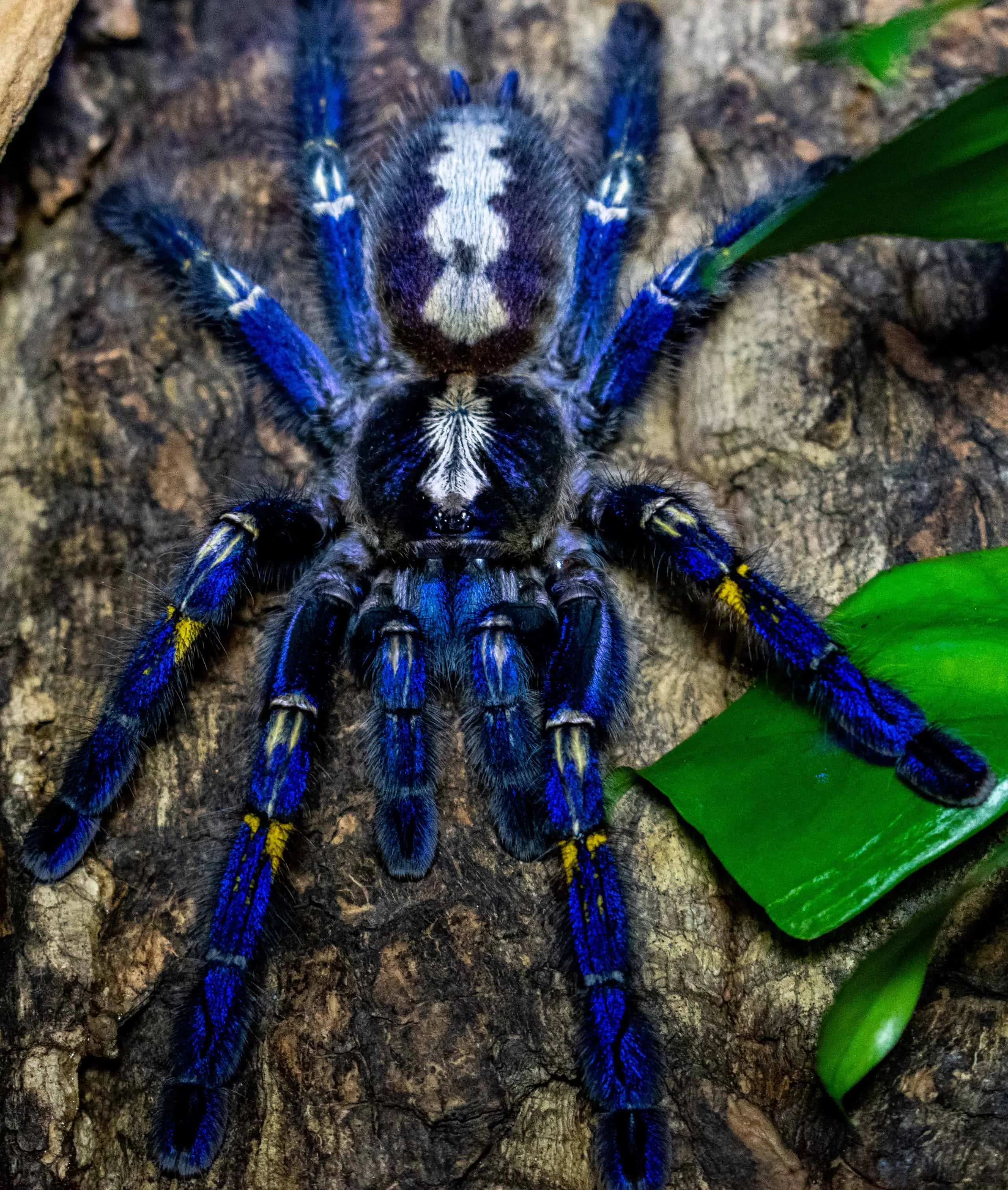What are Tarantulas
Tarantulas are fascinating creatures, often misunderstood due to their appearance. These large, hairy spiders belong to the Theraphosidae family and are found in various habitats worldwide. They are generally docile and make relatively low-maintenance pets, perfect for beginners looking to explore the exotic pet world. Their diverse sizes, colors, and temperaments make them captivating to observe and care for. Understanding their basic needs is essential for providing a healthy and enriching environment, which can enhance their longevity and promote well-being. Tarantulas are not insects, but arachnids, distinguished by their two-part body structure — the cephalothorax and the abdomen — and eight legs. This guide will provide you with everything you need to know.
Types of Tarantulas Suitable for Beginners
Choosing the right tarantula species is critical for a positive beginner experience. Some species are known for their docile nature and ease of care, making them ideal choices. These tarantulas are generally less defensive and less likely to flick urticating hairs, which can cause skin irritation. They also tend to have lower humidity and temperature requirements, making their care simpler to manage. It’s essential to research the specific needs of each species before acquiring one, ensuring you can provide the appropriate environment and care. Starting with a beginner-friendly species will increase your chances of success and enjoyment.
Popular Tarantula Species
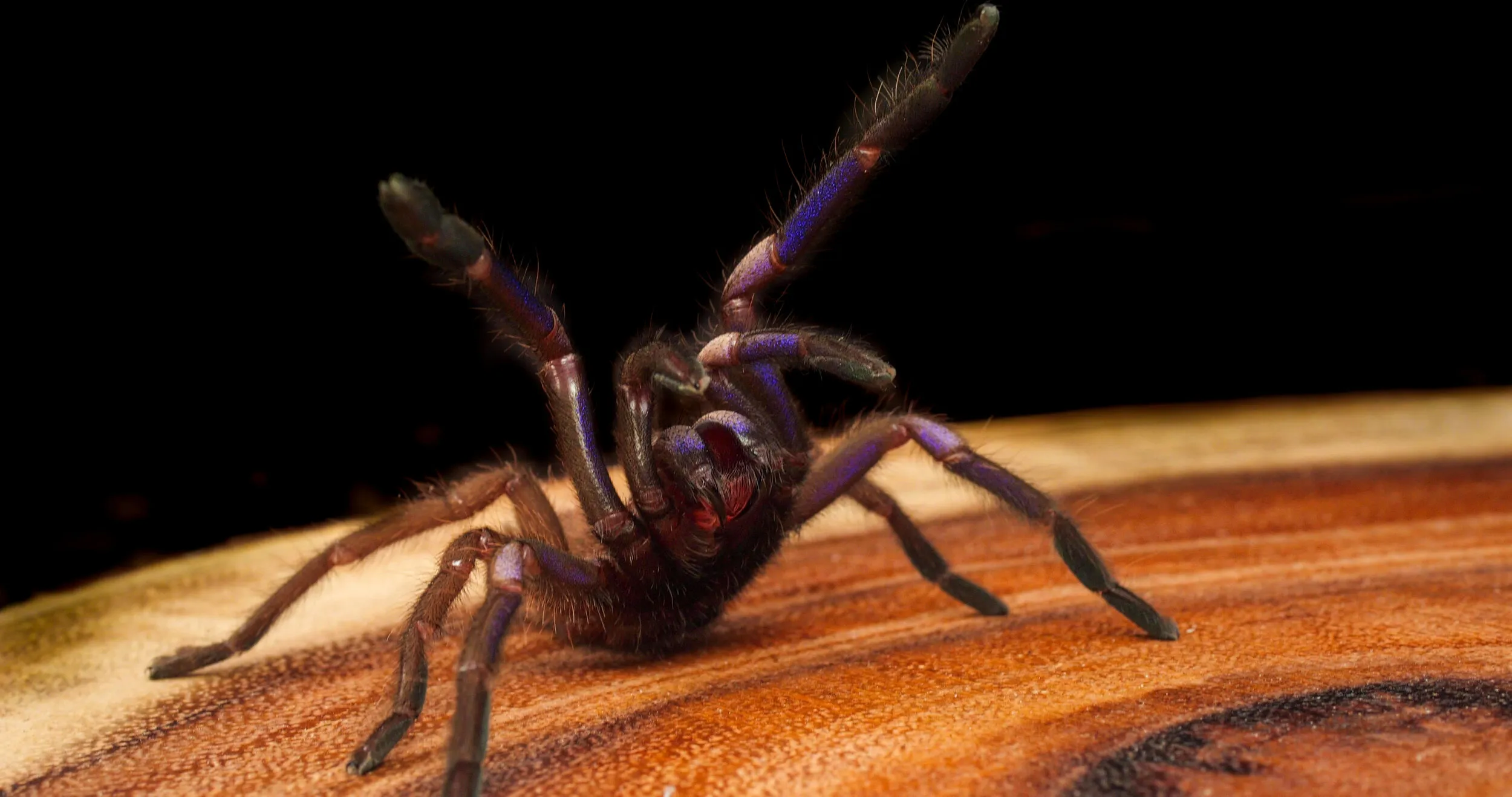
Several tarantula species are particularly well-suited for beginners due to their gentle temperaments and manageable care requirements. The Chilean Rose Hair (Grammostola rosea) is a popular choice, known for its docile nature and relatively slow growth rate. The Pinktoe tarantula (Avicularia avicularia) offers a unique look with its arboreal lifestyle and vibrant colors. Another great option is the Mexican Red Knee (Brachypelma hamorii), recognizable by its striking orange and black leg markings and calm demeanor. These species, along with others like the Curly Hair tarantula (Tliltocatl albopilosus), provide a rewarding introduction to the world of tarantula keeping. Always research the specific care needs of each species to ensure you can provide the best possible environment.
Setting Up a Tarantula Enclosure
Creating the right environment is crucial for your tarantula’s health and happiness. The enclosure should mimic the spider’s natural habitat, providing a safe and comfortable space. This involves selecting the appropriate size, substrate, decor, and controlling temperature and humidity. A well-set-up enclosure reduces stress and encourages natural behaviors. Proper setup also makes it easier to maintain and monitor the tarantula’s needs. Think of the enclosure as the tarantula’s home, a place where it eats, rests, and molts. The following sections will guide you through setting up the perfect home for your tarantula.
Choosing the Right Enclosure Size
The size of the enclosure should be proportional to the tarantula’s size. A general rule is to provide an enclosure that is approximately three times the tarantula’s leg span in width. Avoid housing your tarantula in an enclosure that is too large, as this can make it difficult for the spider to find its food. The height of the enclosure depends on whether the tarantula is terrestrial or arboreal. Terrestrial tarantulas need more floor space, while arboreal tarantulas require more height for climbing. Secure lids are essential to prevent escapes. Adequate ventilation is also critical; however, make sure it doesn’t cause excessive dryness. Consider the adult size of the tarantula when selecting the enclosure to avoid having to upgrade it later.
Substrate and Decor
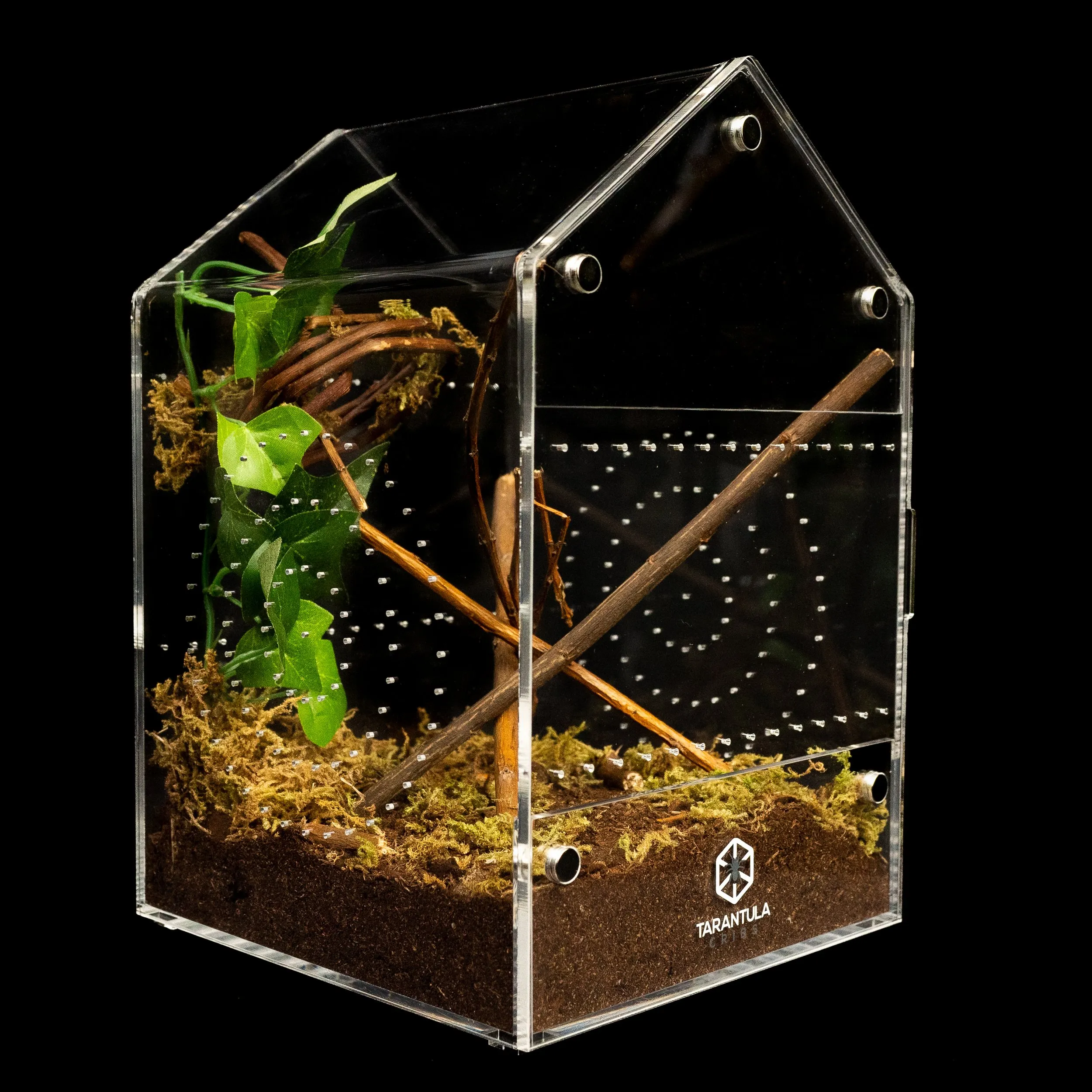
The substrate is the bedding that covers the bottom of the enclosure and provides a comfortable environment for the tarantula. Coconut fiber, peat moss, and vermiculite are popular choices. These substrates retain moisture and help maintain humidity levels. The substrate should be deep enough for burrowing species to create burrows. Decor includes items like cork bark, artificial plants, and hides, providing places for the tarantula to hide and feel secure. Avoid sharp or abrasive objects that could injure the spider. The decor should reflect the spider’s natural habitat and provide enrichment. Regular cleaning and replacement of the substrate are crucial for maintaining a healthy environment and preventing mold or mites.
Temperature and Humidity Control
Temperature and humidity are critical for the health and well-being of your tarantula. Most tarantulas thrive in temperatures between 75-85°F (24-29°C). Use a heat mat or a low-wattage heat lamp to maintain the correct temperature. Avoid placing the heat source directly under the enclosure, as this can overheat the spider. Humidity levels vary depending on the species. Tropical species require higher humidity, while desert species need lower humidity. Use a hygrometer to monitor humidity levels. To increase humidity, mist the enclosure with water or provide a water dish. Ensure proper ventilation to prevent mold growth. Monitoring and adjusting these environmental factors will significantly impact the tarantula’s health and longevity.
Feeding Your Tarantula
Proper feeding is essential for your tarantula’s growth and development. Tarantulas are opportunistic predators and will readily eat a variety of insects. The size of the food items should be appropriate for the tarantula’s size. Overfeeding can lead to obesity, while underfeeding can stunt growth. Provide fresh water and remove uneaten food promptly. The frequency and type of food will depend on the species and the age of the tarantula. A well-fed tarantula will have a healthy appearance and exhibit normal behaviors. This section details the best practices for ensuring your tarantula receives adequate nutrition.
What to Feed Tarantulas
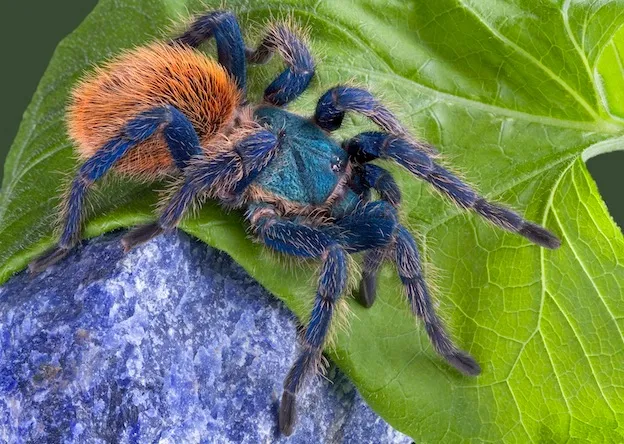
The primary food source for tarantulas consists of live insects. Crickets, mealworms, dubia roaches, and other readily available insects are excellent choices. The size of the prey should be no larger than the tarantula’s body length. Avoid feeding wild-caught insects, as they may contain pesticides or parasites that could harm your tarantula. Gut-load the insects before feeding them to your tarantula. This means providing the insects with nutritious food, such as vegetables and fruits, which will, in turn, provide your tarantula with a more balanced diet. Variety in diet is always a good practice to make sure the tarantula is getting all the necessary nutrients.
Feeding Frequency and Schedule
The feeding frequency depends on the tarantula’s age and metabolism. Spiderlings (young tarantulas) should be fed more often, typically every other day, while adults can be fed once or twice a week. Observe your tarantula’s abdomen; if it appears plump, it is well-fed. Remove any uneaten food within 24 hours to prevent mold and mites. Adjust the feeding schedule as needed, based on your tarantula’s growth and activity level. During molting, tarantulas typically refuse food, so it is essential to respect their needs and not force them to eat. A consistent feeding schedule supports healthy development and overall well-being.
Watering Your Tarantula
Providing fresh, clean water is crucial for your tarantula’s hydration. A shallow water dish is essential for most species. The water dish should be accessible but not too deep, to prevent the spider from drowning. Use distilled or dechlorinated water to avoid harmful chemicals. Regularly clean and refill the water dish to prevent contamination. For smaller spiderlings, you can provide water by misting the enclosure or by placing a small cotton ball soaked in water. Ensure the substrate has adequate humidity levels; however, avoid making it too wet. Proper hydration is essential for the molting process and overall health.
Handling and Safety
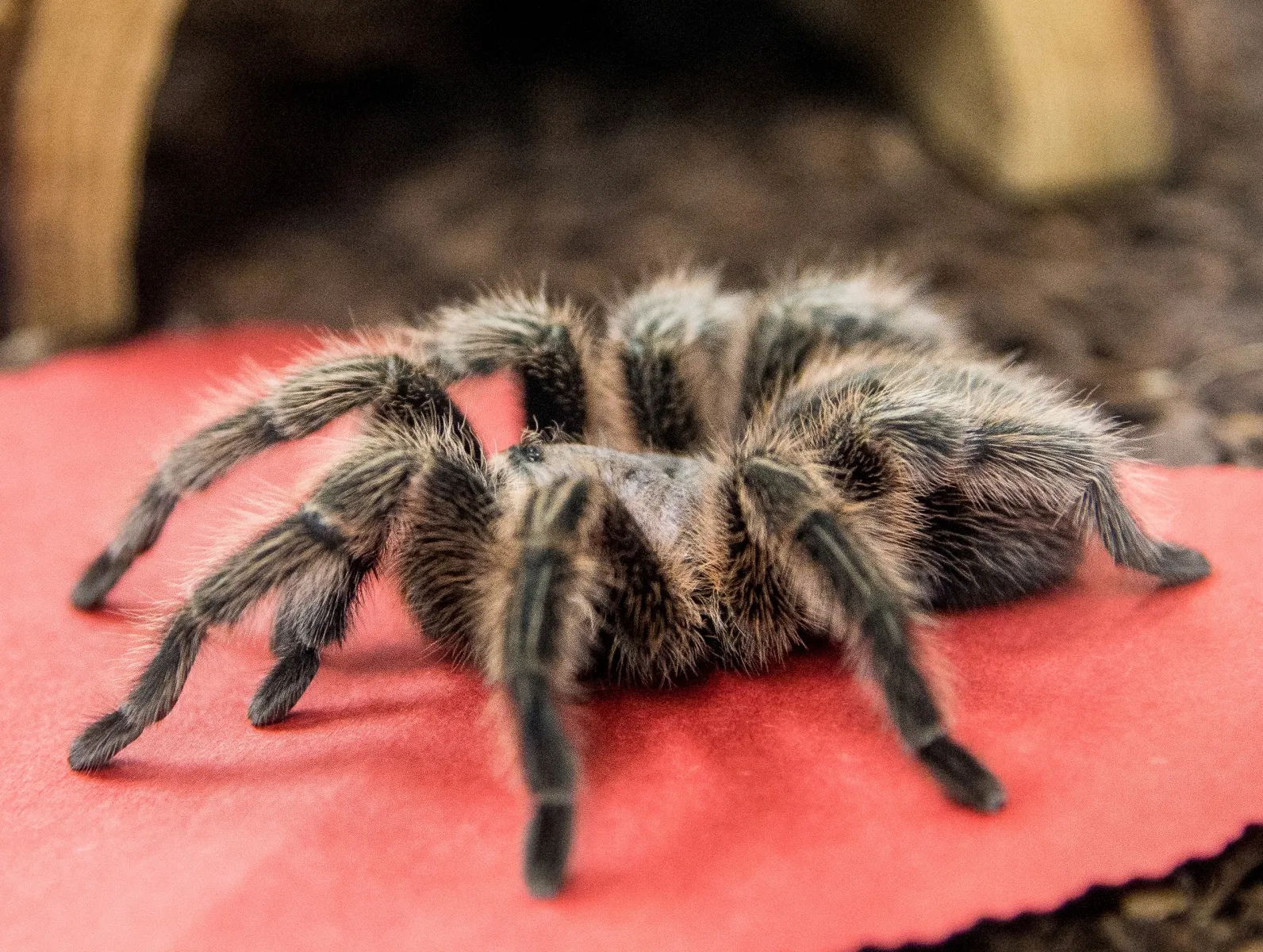
Handling tarantulas can be a rewarding experience, but it requires caution and understanding. While many species are docile, it’s important to remember that they are still wild animals and can react defensively. Avoid handling your tarantula if you are unsure or uncomfortable. Always supervise children when they are near the tarantula. Handling should be kept to a minimum to reduce stress on the spider. The following sections provide guidelines for safe handling techniques and understanding the tarantula’s behavior to prevent potential issues. The welfare of the tarantula should always be the top priority.
Safe Handling Techniques
If you choose to handle your tarantula, do so carefully and slowly. Approach the spider gently and avoid sudden movements. Allow the tarantula to walk onto your hand rather than trying to grab or force it. Handle the tarantula close to the ground or a soft surface to prevent injury if it falls. Wash your hands before and after handling to prevent the spread of bacteria and other substances. Avoid handling your tarantula after it has eaten, as it may be more defensive. Always be aware of the spider’s behavior and body language. Never put your face close to the spider, and be careful to avoid bites, urticating hairs, or other defensive mechanisms.
Recognizing Signs of Stress
It is crucial to be able to recognize signs of stress in your tarantula to prevent potential issues. Some indicators of stress include flicking urticating hairs (if the species has them), raising their front legs in a defensive posture, or attempting to flee. Rapid movements, erratic behavior, and refusal to eat are also signs of stress. If you observe any of these signs, avoid handling your tarantula and ensure its enclosure provides a secure and comfortable environment. Reduce any disturbances or changes to its environment. Always prioritize your tarantula’s well-being and observe it regularly to recognize and address stress factors promptly.
Common Tarantula Health Issues
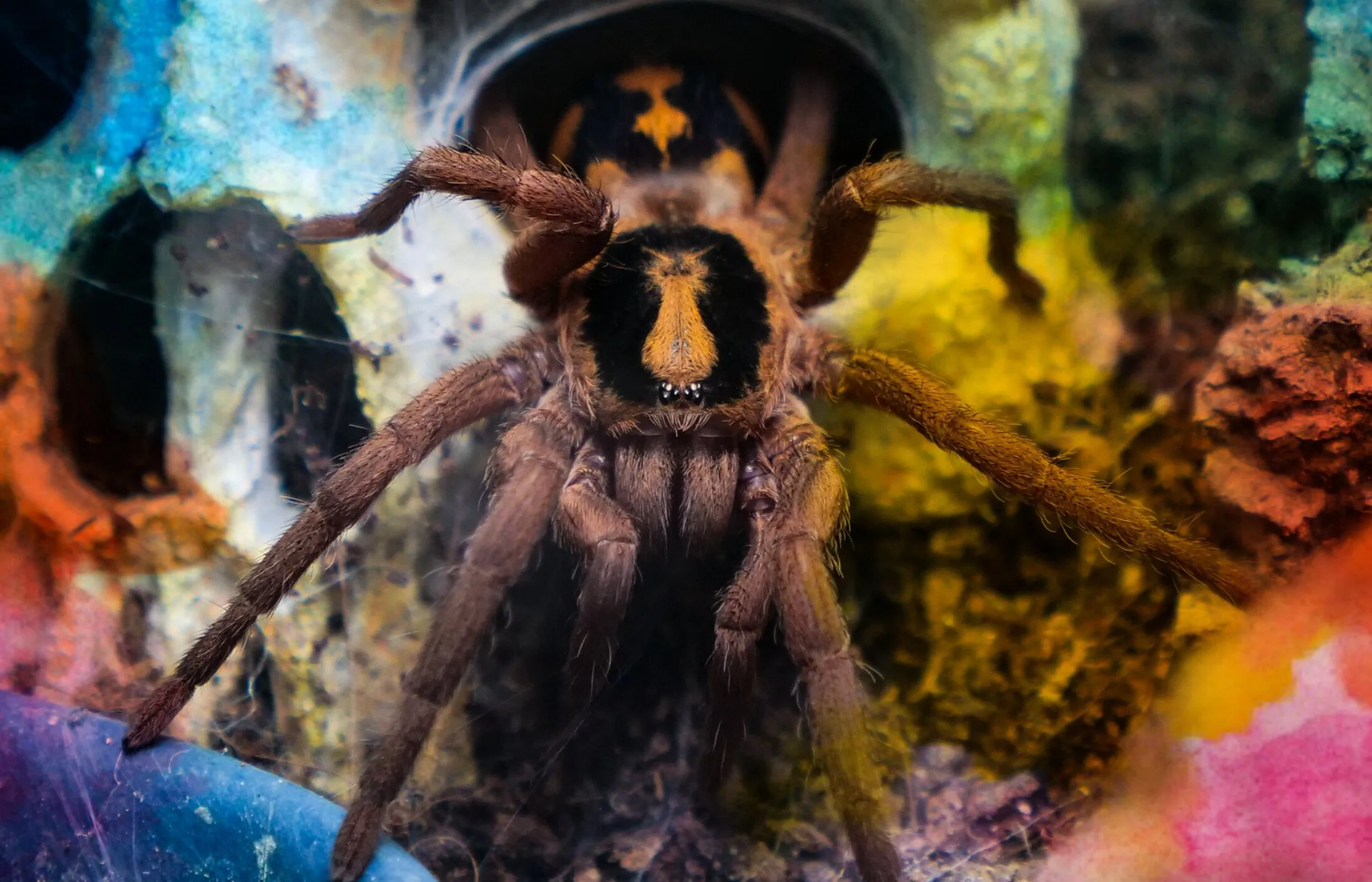
Like any pet, tarantulas can be susceptible to health issues. Knowledge of common problems can help you provide appropriate care and ensure your tarantula’s longevity. These issues can arise from various factors, including improper environmental conditions, poor diet, or injury. Understanding these potential problems and knowing how to prevent or treat them is essential for responsible tarantula ownership. Regular monitoring of the tarantula’s behavior, appearance, and enclosure conditions is key to early detection and effective intervention. This section will cover the most common issues.
Moulting Process
Molting is a natural process where tarantulas shed their exoskeleton to grow. During molting, the tarantula lies on its back, and the old exoskeleton splits open. Do not disturb the tarantula during this process. Provide a humid environment to assist the molting process. After molting, the tarantula will be soft and vulnerable. Avoid feeding it for several days to allow the new exoskeleton to harden. The frequency of molting depends on the age and species of the tarantula; spiderlings molt more often than adults. Molting is a sign of healthy growth; any problems during this phase requires special attention to ensure the tarantula is not injured.
Identifying and Treating Illness
Recognizing signs of illness in tarantulas is critical for timely intervention. Some signs include loss of appetite, lethargy, unusual posture, or discoloration of the abdomen. If you suspect your tarantula is sick, consult with a veterinarian or an experienced tarantula keeper. Common issues include mites, fungal infections, and injuries. Isolate the affected tarantula and address the environmental conditions that may be contributing to the illness. Preventative care, such as maintaining proper hygiene and environmental conditions, is crucial. Early detection and intervention can significantly improve the chances of recovery. For fungal infections, antifungal treatments may be necessary, and for mites, you may need to thoroughly clean the enclosure and replace the substrate.
Long-Term Tarantula Care
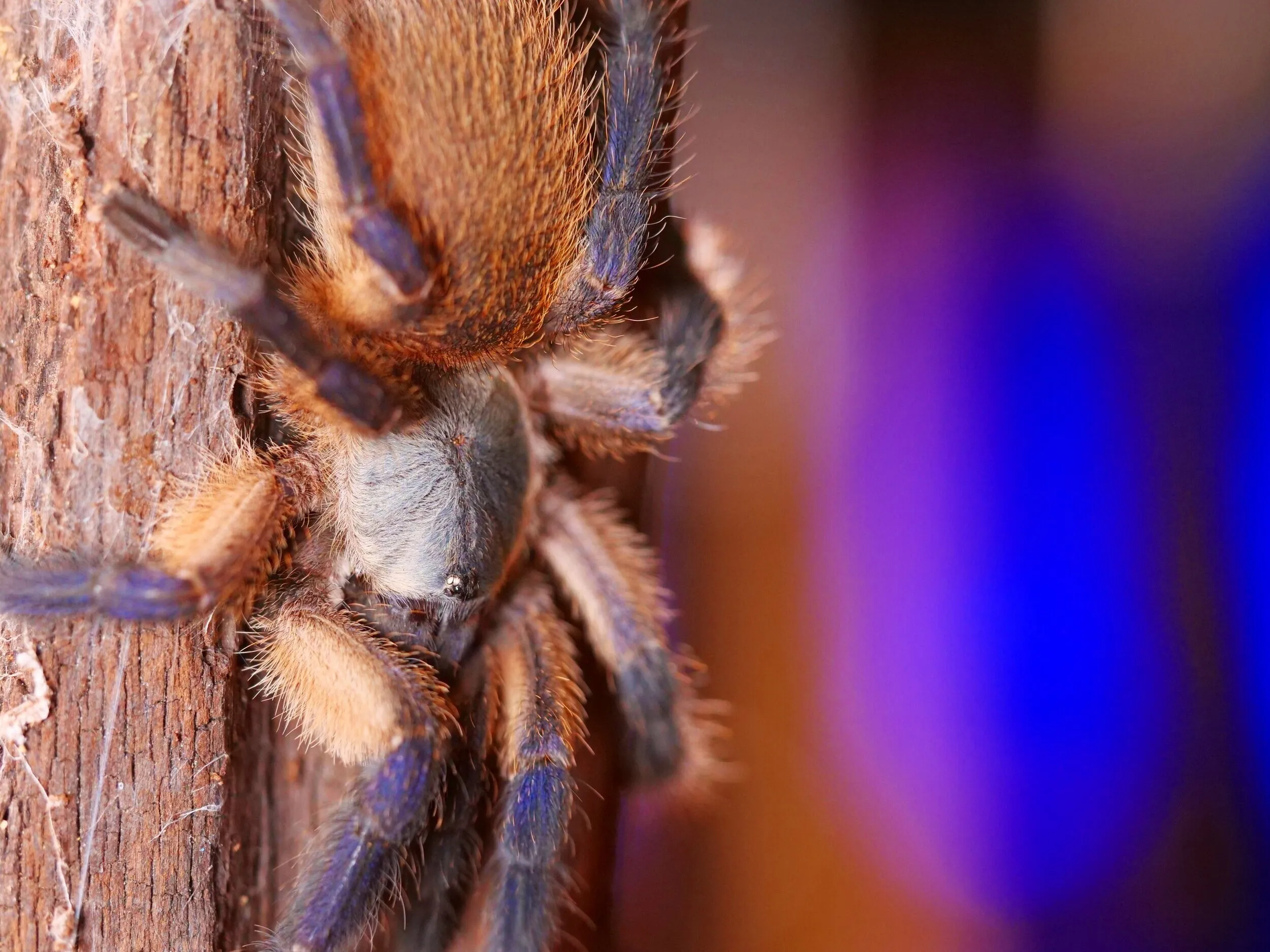
Providing long-term care for your tarantula involves consistent maintenance and a deep understanding of its needs. As the tarantula grows, its requirements may change. This includes adapting the enclosure size, feeding schedule, and environmental controls. Regular cleaning and monitoring for any signs of illness or stress are also crucial. The goal is to provide a stable and enriching environment. By paying attention to these factors, you can ensure that your tarantula thrives for many years. Long-term care involves not only the basics of feeding and housing but also observation and adaptability to changing needs.
Cleaning and Maintenance
Regular cleaning and maintenance are essential for maintaining a healthy environment for your tarantula. Spot-clean the enclosure regularly, removing uneaten food, fecal matter, and any dead insects. Replace the substrate as needed, usually every few months, depending on the species and the conditions of the enclosure. Clean the water dish and any decorations regularly. Ensure that the enclosure is free of mold and pests. This involves a regular inspection of the enclosure for any signs of problems. A clean environment minimizes the risk of disease and helps keep your tarantula healthy and happy. Proper sanitation supports your tarantula’s well-being.
Understanding Tarantula Behavior
Understanding tarantula behavior is key to providing optimal care. Observe your tarantula’s habits, such as its feeding patterns, activity levels, and responses to changes in the environment. This will enable you to recognize signs of stress, illness, or discomfort. Some tarantulas may hide more often, while others are more active. Learning the natural behaviors of the species you keep will help you cater to its needs. Some tarantulas create elaborate burrows, while others prefer to sit out in the open. Spend time watching your tarantula and noting its behavior patterns. This knowledge can provide a valuable insight and greatly enhance your caretaking skills.
